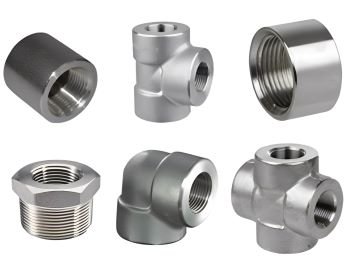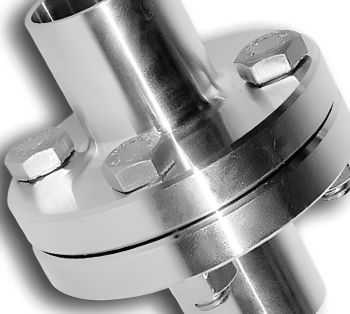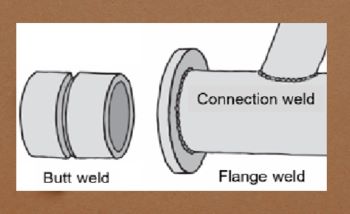The pipes form a complex network. They snake through many industries, from construction to manufacturing. The network plays a vital role. These pipes transport fluids, gases, and slurries. They keep operations running well. But ensuring a leak-free, efficient system relies heavily on the connections between these pipes. With a vast array of piping connection types available, choosing the right one is crucial.
This blog post dives into the world of piping connections. It offers expert insights to help you understand their types and uses.
Common Piping Connection Types (Expert Insights)
Imagine screwing a lid onto a jar – that’s the basic principle behind threaded connections. Pipe threads are machined onto pipe ends, allowing them to screw together with a threaded fitting.
Proper thread selection and application are paramount for a leak-proof connection. Using the correct thread type (e.g., National Pipe Thread – NPT, British Standard Pipe – BSP) and ensuring clean, undamaged threads are crucial. While convenient for installations and maintenance, threaded connections have pressure and temperature limitations.
Flanged connections are robust and widely used. Flanges are flat, circular metal discs with holes drilled around the perimeter. These flanges are attached to the pipe ends using welding or threading. A gasket sandwiched between the flanges creates a seal when bolted together.
Gaskets are the main character of flanged connections. They come in various materials (e.g., Teflon, rubber) to suit different applications and pressure ratings. Flanges offer the advantage of reusability – perfect for applications requiring frequent disassembly. However, they are bulkier than threaded connections.
Welding Connections:
For a permanent, high-strength connection, welding reigns supreme. There are different welding techniques. For example, there are socket welds (where a pipe is inserted into a fitting) and butt welds (where square-cut pipe ends are joined). They create a seamless connection.
Welder qualification is essential. Only certified welders should do these critical welds. They must meet specific standards to ensure the integrity of the piping system.
Other Connection Types (Brief overview):
Soldered connections are suitable for low-pressure applications with copper pipes. Compression fittings offer a quick and easy way to connect pipes using a compression ring. For easy connection and disconnection, quick-disconnect couplings are a valuable option.
Choosing the Right Piping Connection (Expert Advice)
Selecting the right connection type requires careful consideration of several factors:
➡️ Pressure and Temperature:
The system’s pressure and temperature requirements dictate the connection type’s suitability.
➡️ Pipe Material and Size:
The chosen connection needs to be compatible with the pipe material (e.g., steel, plastic) and size (diameter).
➡️ Ease of Installation and Maintenance:
Consider factors like access for installation and the need for future disassembly.
➡️ Cost Considerations:
While threaded connections might be cheaper at first. Factors like ease of installation and leaks can raise the total cost.
➡️ Application-Specific Needs:
Vibration resistance or the need for frequent disassembly might influence the choice.
Conclusion
Knowing the different piping connection types empowers you. They help you make informed decisions for your specific application. Choosing the right connection ensures system performance, safety, and longevity.
For complex applications, consulting with a piping professional is highly recommended.
Post time: Apr-26-2024




